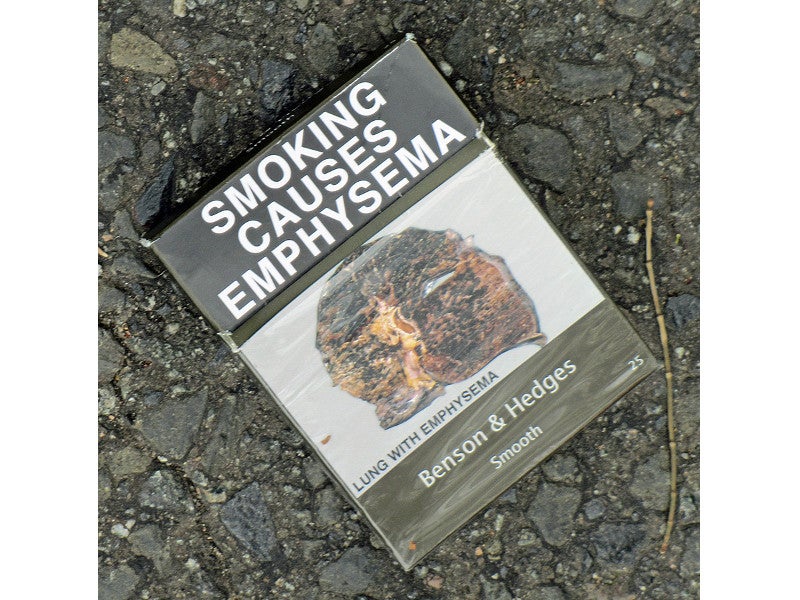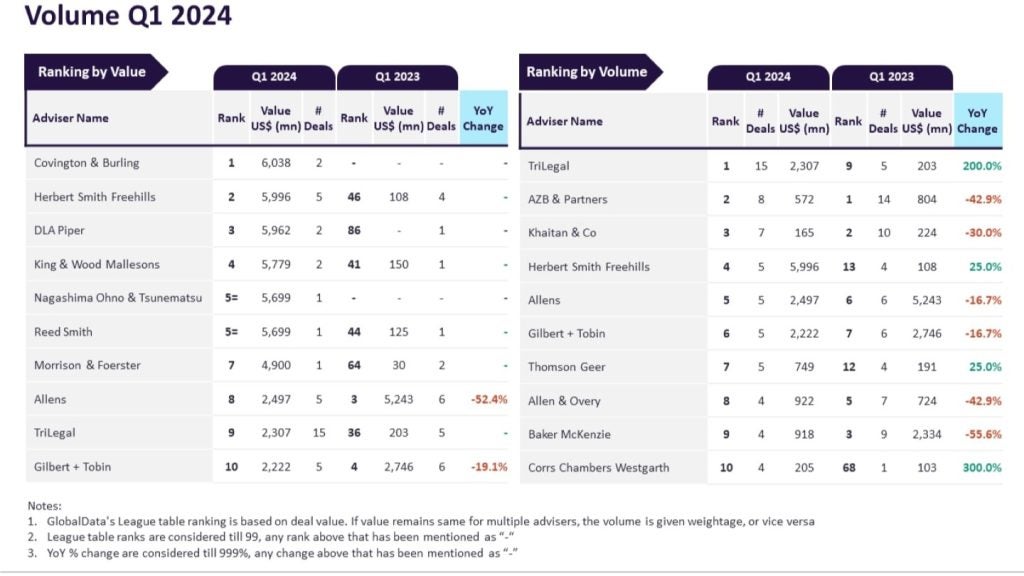
The top countries demanding plain packaging cigarettes: Listing the five biggest
5. France
4. United Kingdom
3. Australia
2. Ireland
1. New Zealand
France

France introduced plain packaging for cigarettes in May 2016, which took effect in January 2017. Plain packaging was implemented under the 2014-2019 National Plan for the Reduction of Smoking, following various domestic studies on plain packaging.
How well do you really know your competitors?
Access the most comprehensive Company Profiles on the market, powered by GlobalData. Save hours of research. Gain competitive edge.

Thank you!
Your download email will arrive shortly
Not ready to buy yet? Download a free sample
We are confident about the unique quality of our Company Profiles. However, we want you to make the most beneficial decision for your business, so we offer a free sample that you can download by submitting the below form
By GlobalDataSmoking is the leading cause of deaths in France, with an estimated 70,000 people a year dying due to tobacco-related illnesses.
France, however, faced lawsuits from JT International, Philip Morris France, British American Tobacco France, and other tobacco companies regarding the packaging laws. The French State Council, however, rejected the claims and upheld the validity of the plain tobacco regulations.
United Kingdom

The UK proposed plain packaging for cigarettes in May 2016, which was officially implemented in May 2017. The implementation was done following a review of evidence from various studies conducted on the impact of plain packaging.
The Public Health Research Consortium comprising researchers from various institutions conducted the review, which concluded that plain packs were less attractive than branded packaging and subsequently more likely to reduce cigarette consumption.
The findings were opposed by the tobacco industry, with leading companies such as Phillip Morris, British American Tobacco, and Japan Tobacco filing lawsuits against the government with the Supreme Court, stating that the laws deprive them of property rights and interfere with the free movement of goods.
The lawsuit also questioned the UK Government’s right to implement additional laws apart from the EU Tobacco Products Directive, which had already set out rules for standardisation of tobacco packaging. The Supreme Court, however, upheld the plain packaging laws and dismissed the claims made by the tobacco companies.
Australia

With tobacco smoking being the leading cause of preventable death, Australia enacted its plain packaging regulations for cigarettes and tobacco products in December 2012 to discourage people from using tobacco products.
The regulations required the majority of the packaging to be covered in health warnings to increase their effectiveness and remove any brand names and logos to make the packaging less attractive for the consumers.
According to the National Health Survey 2014-2015 of Australian Bureau of Statistics (ABS), the rate of smoking in the country declined by more than 10% between 2001 (28.2%) and 2015 (16.3%) due to a number of initiatives, including an increase in tobacco excise and the implementation of plain packaging.
The effectiveness of plain packaging, however, was refuted by the leading tobacco companies in the country, including British American Tobacco Australia, Japan Tobacco, Phillip Morris (Australia), and Imperial Tobacco Australia.
The companies claimed the decrease in smoking rates to be insignificant and that plain packaging boosted the illegal tobacco market causing A$1bn ($693m) in annual tax revenue losses to the government.
Ireland

Plain packaging laws were implemented in Ireland in September 2017 with the objective of moving towards a tobacco-free country by 2025. The laws build on the Tobacco Free Ireland policy adopted in 2013 that is aimed at achieving a smoking prevalence of less than 5%. The policy was adopted to protect children and deter smoking.
Tobacco use caused 19% of deaths in Ireland, making it the leading cause of preventable death in the country. An estimated 5,200 people die from illnesses related to tobacco use a year.
The introduction of plain packaging was aimed at reducing smoking by removing all forms of logos, colours and branded graphics on packaging.
New Zealand

New Zealand introduced plain packaging for cigarettes and tobacco products in March 2018. The packaging was stipulated to be in line with that implemented in other countries, including Australia, UK, Ireland, and France.
The law demands approximately 75% of the packaging to be covered in health warnings with all marketing imagery removed and only brand name allowed to be printed. The government carried out extensive public consultation before implementing the laws.
Tobacco-related illnesses cause between 4,500 and 5,000 deaths a year in New Zealand. The country is focussing on reducing smoking prevalence under its Smokefree 2025 programme, which aims to achieve a smoking prevalence of less than 10%. The programme also aims to protect children from tobacco use, reducing the usage of tobacco and support quitting.







